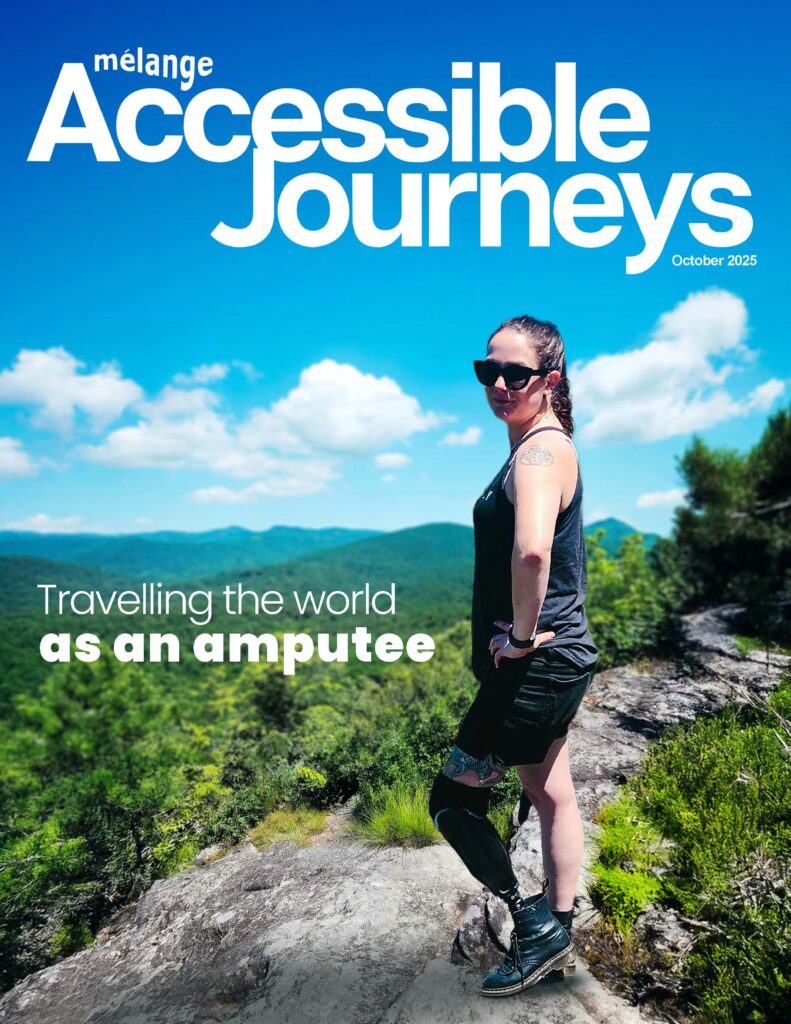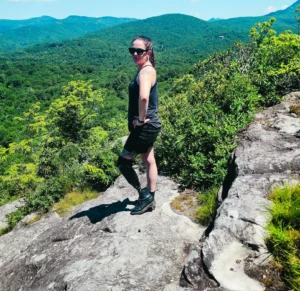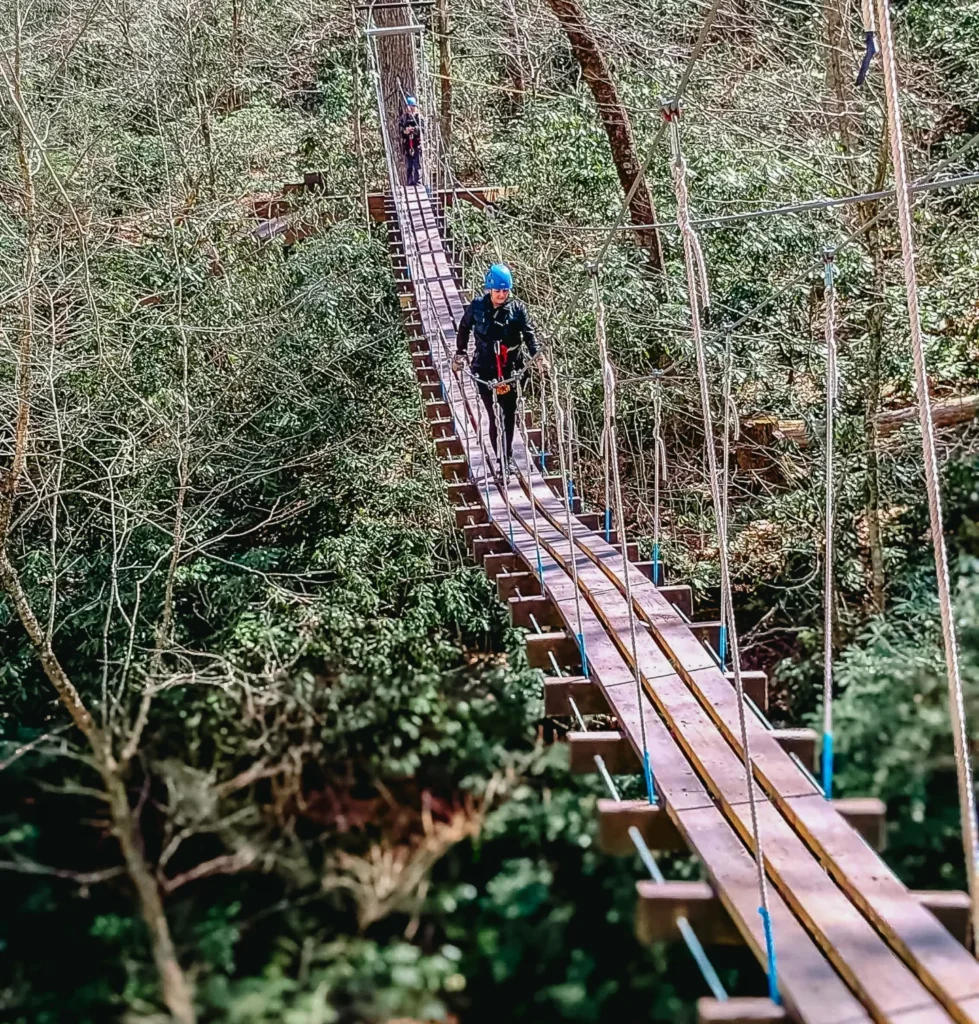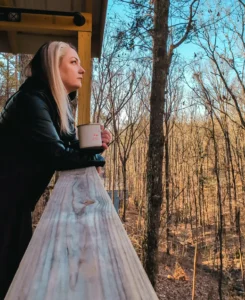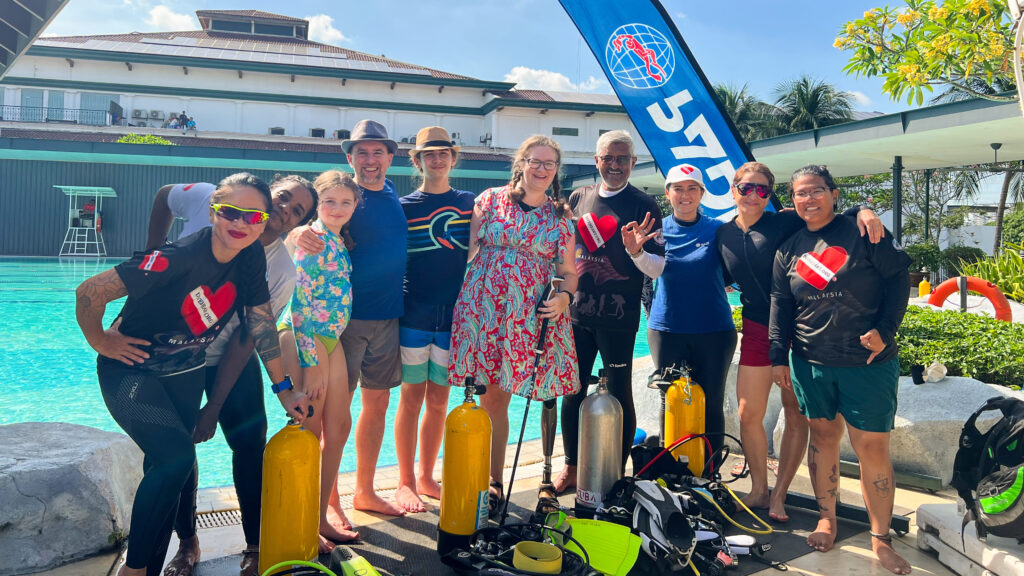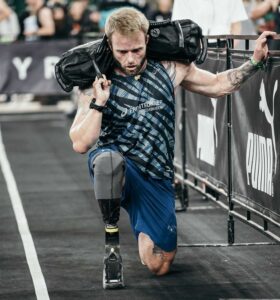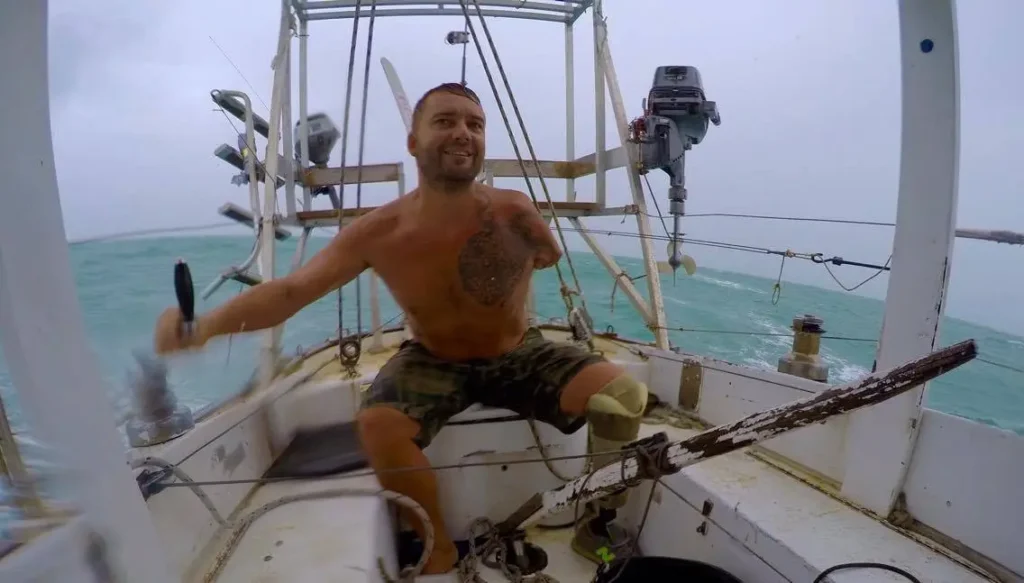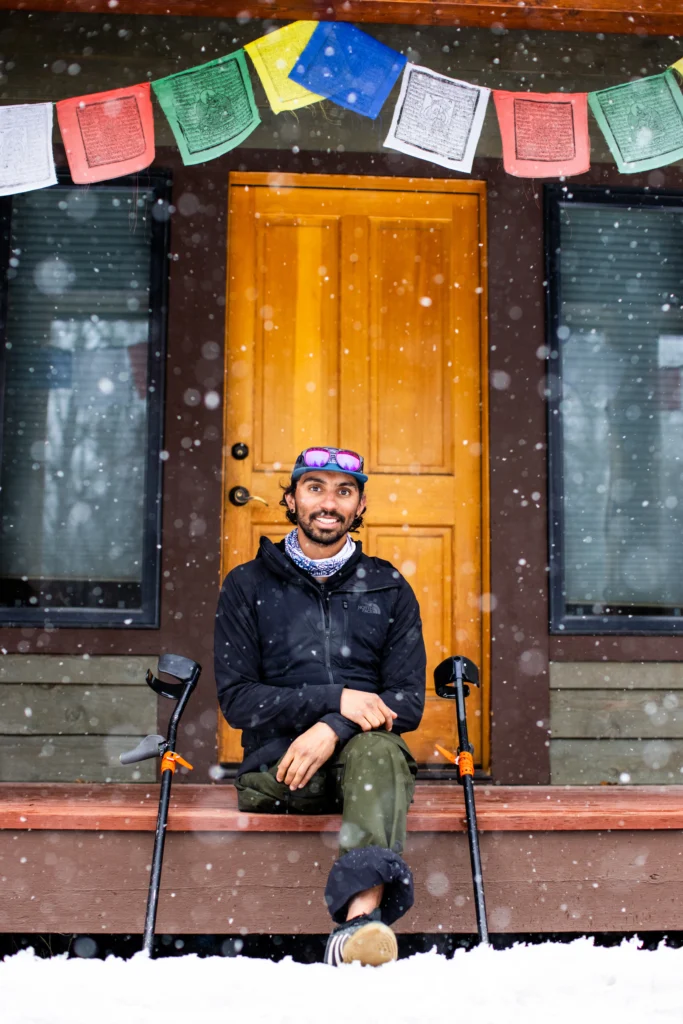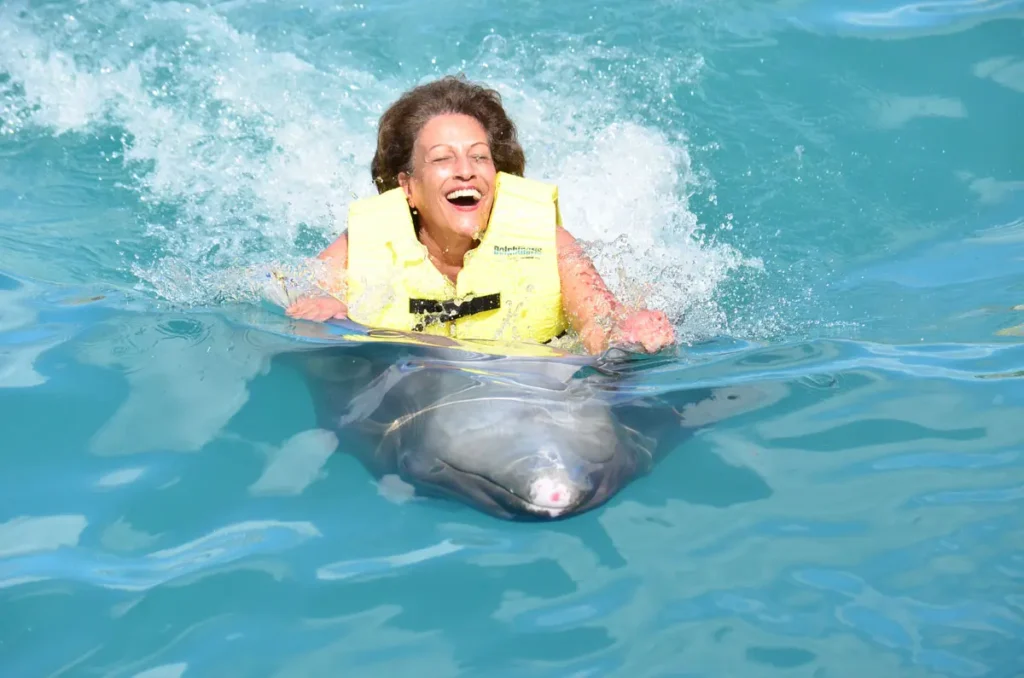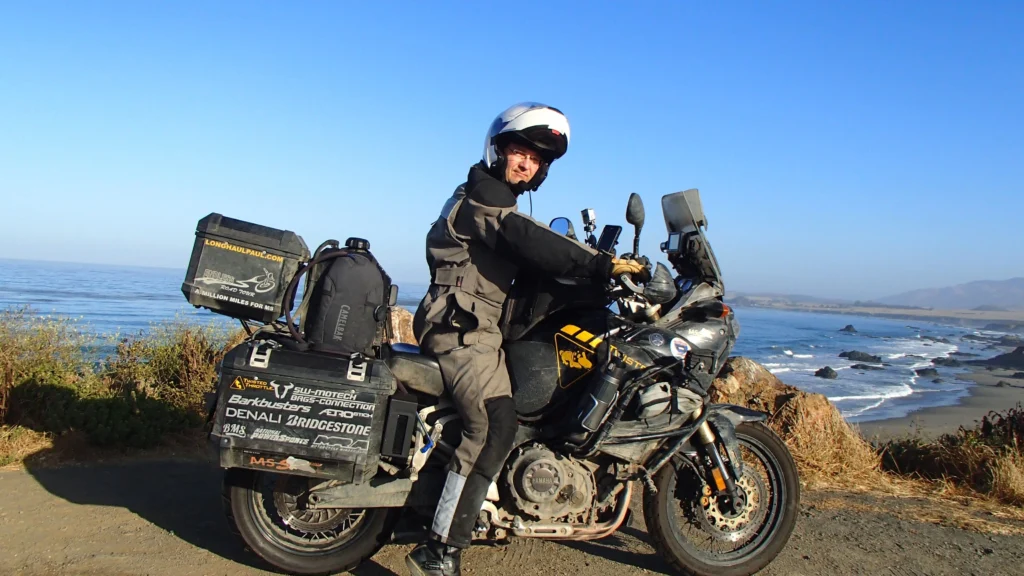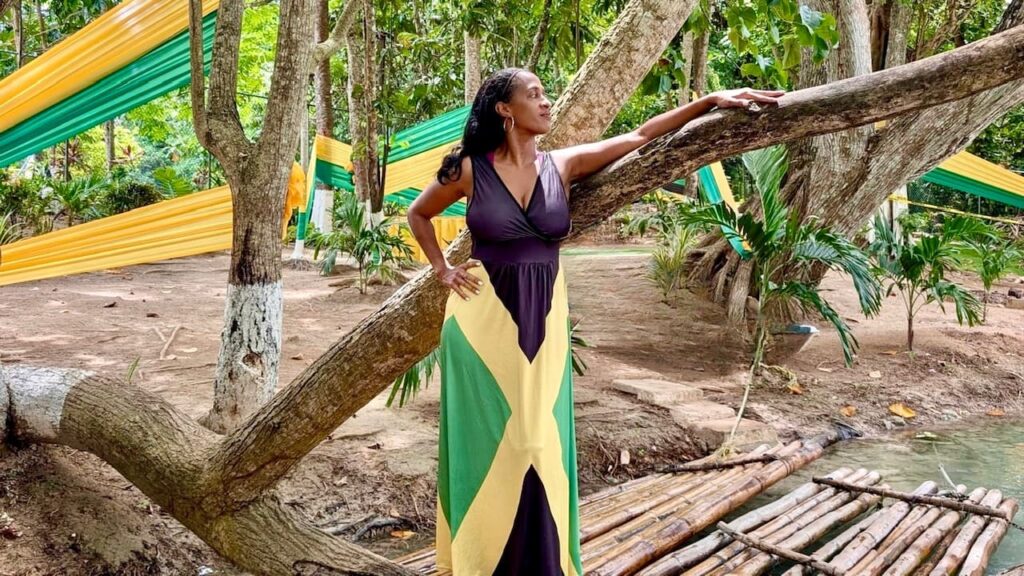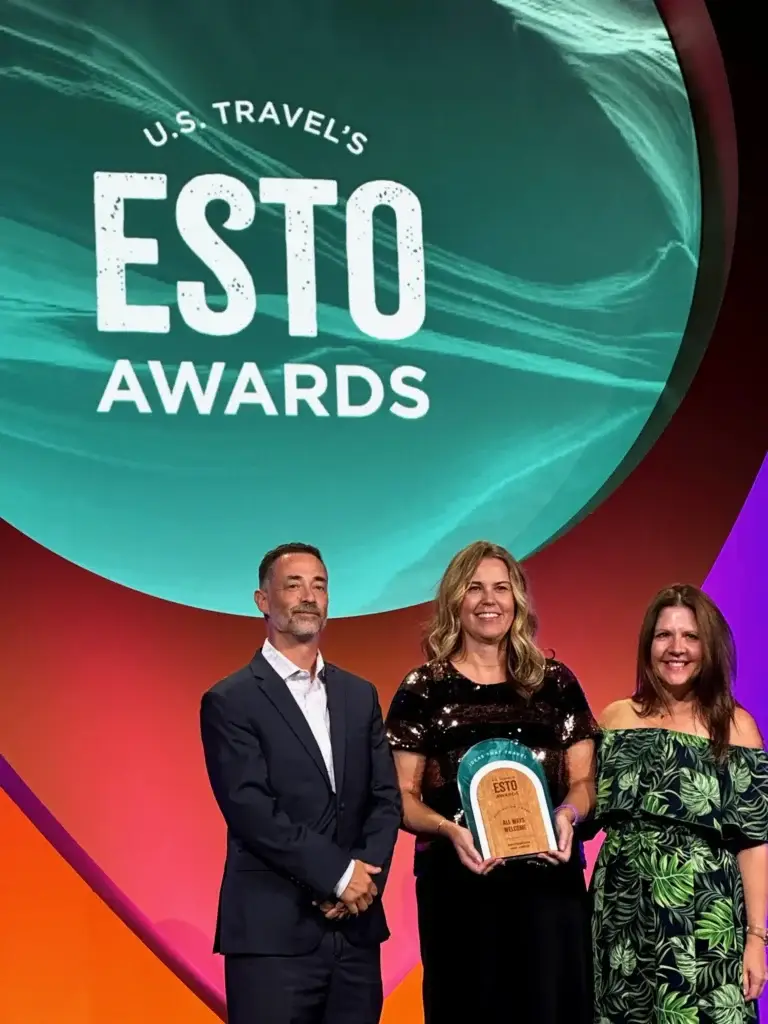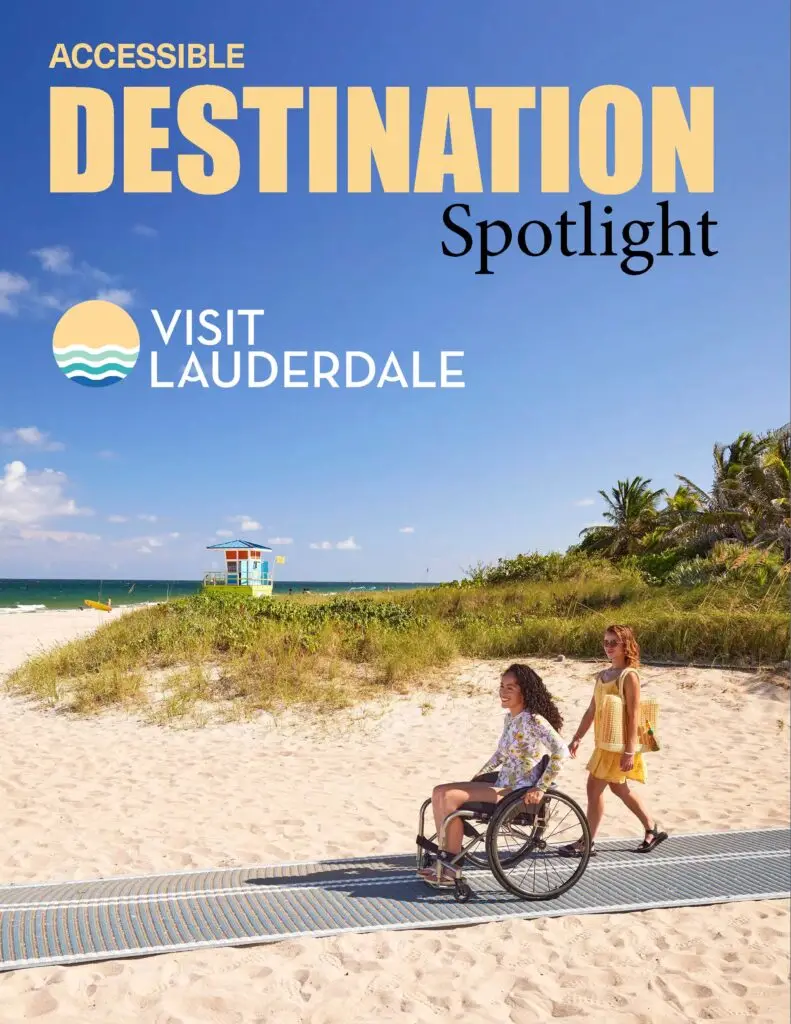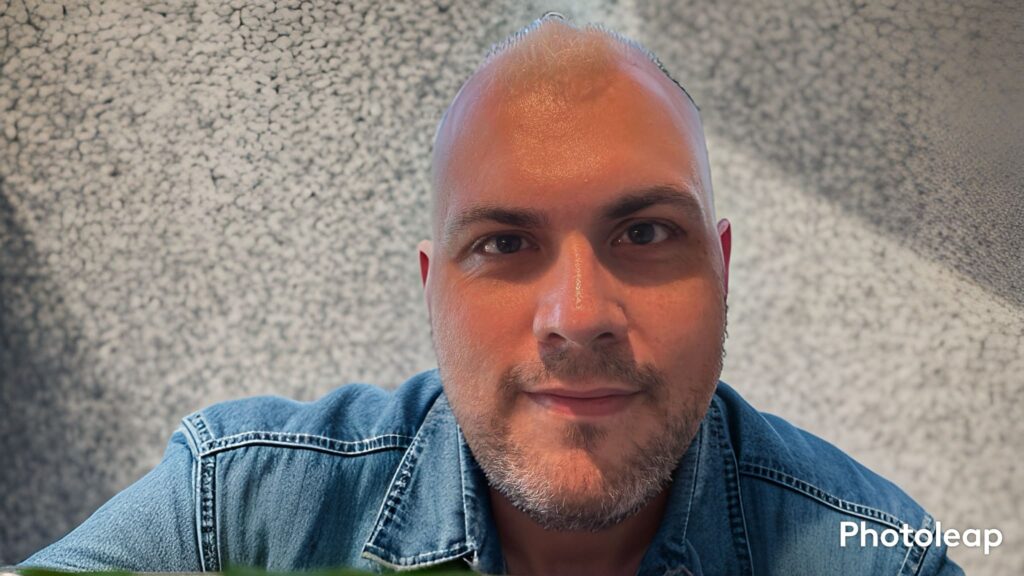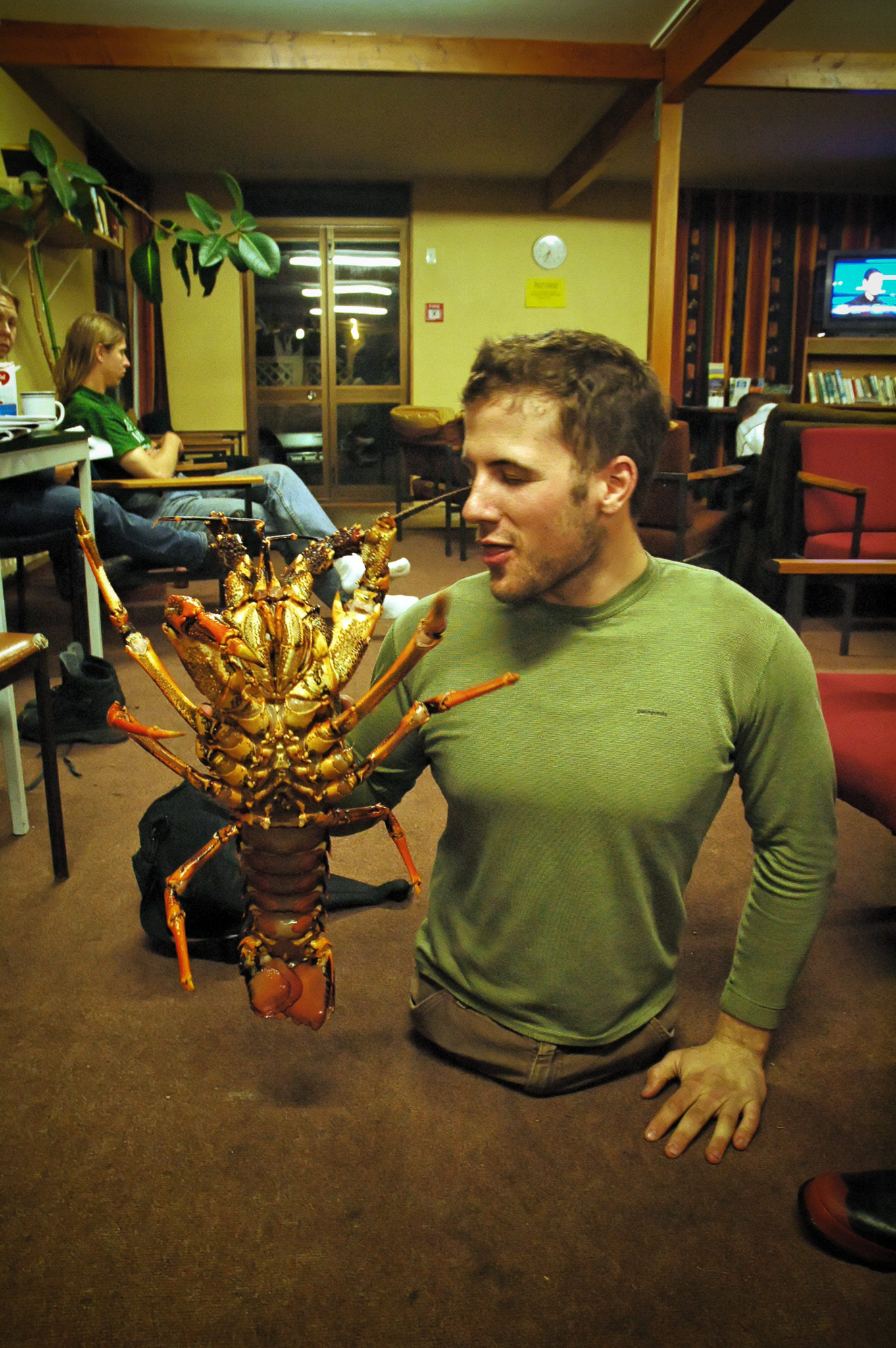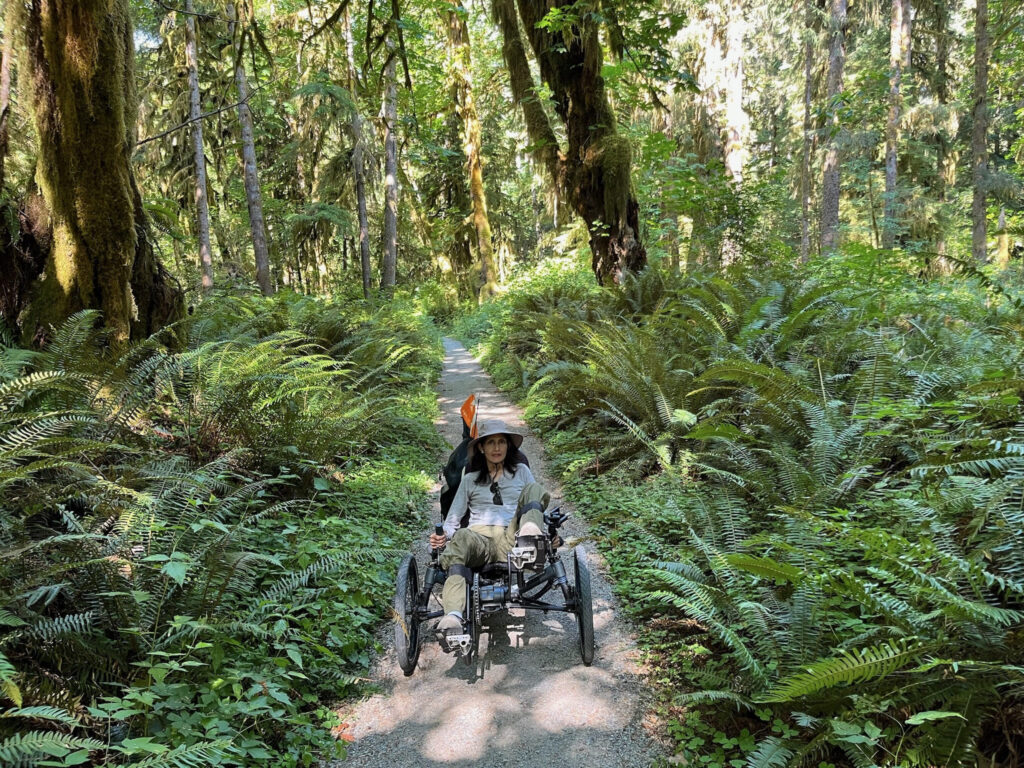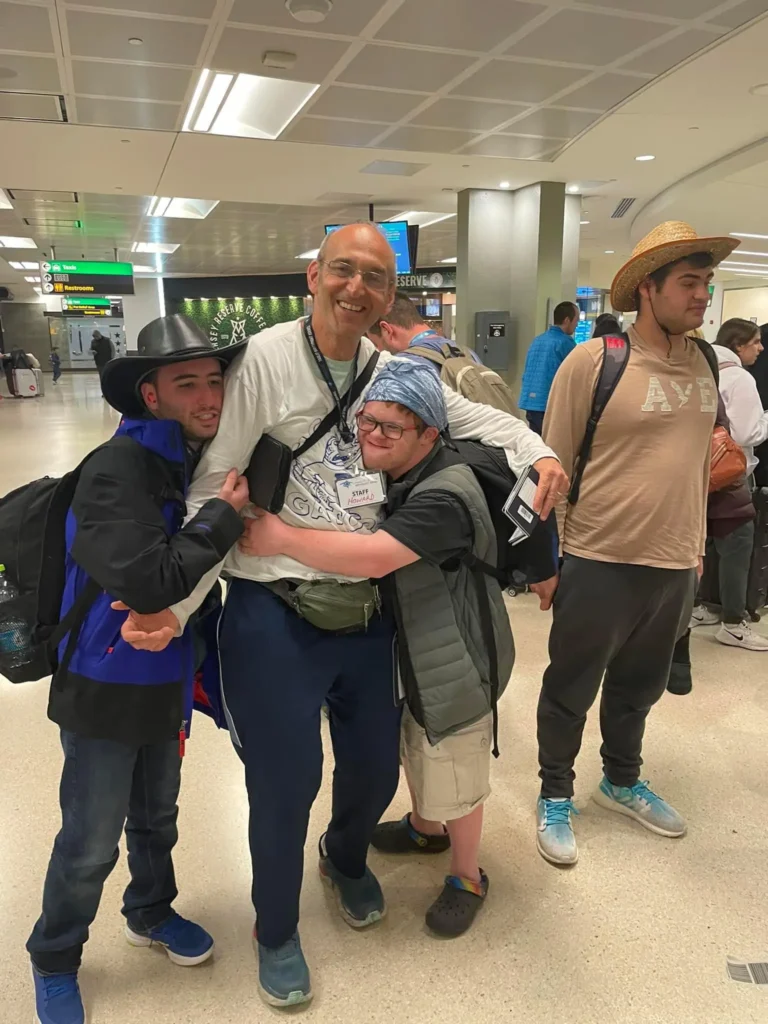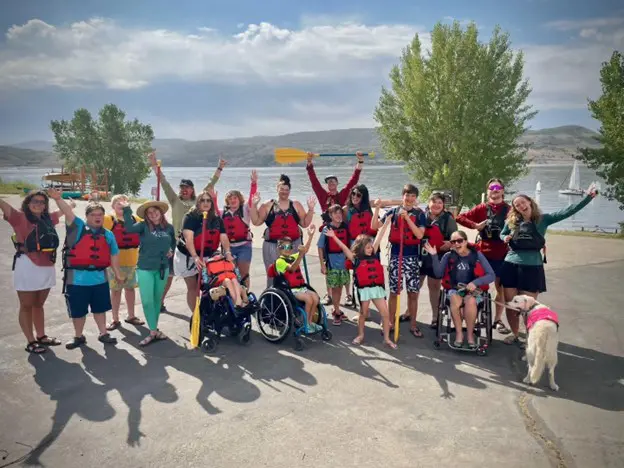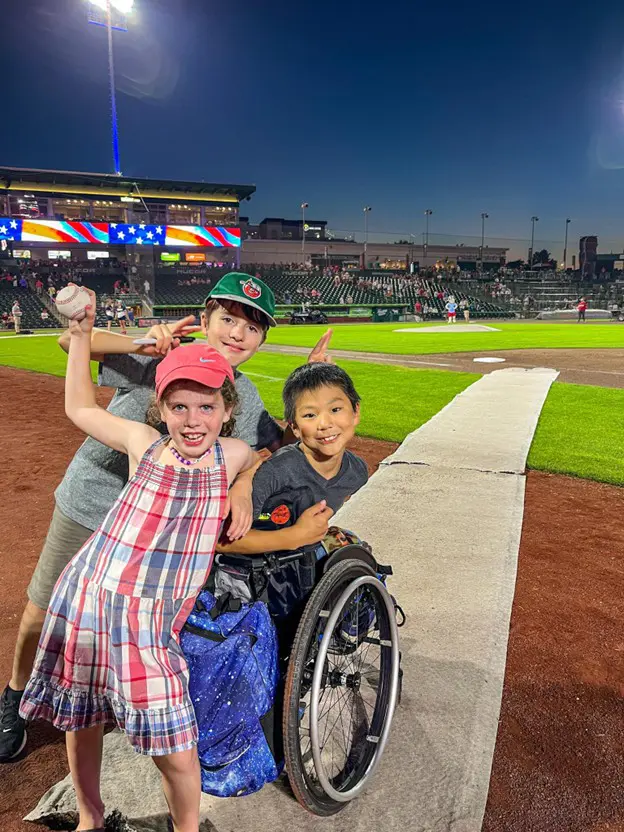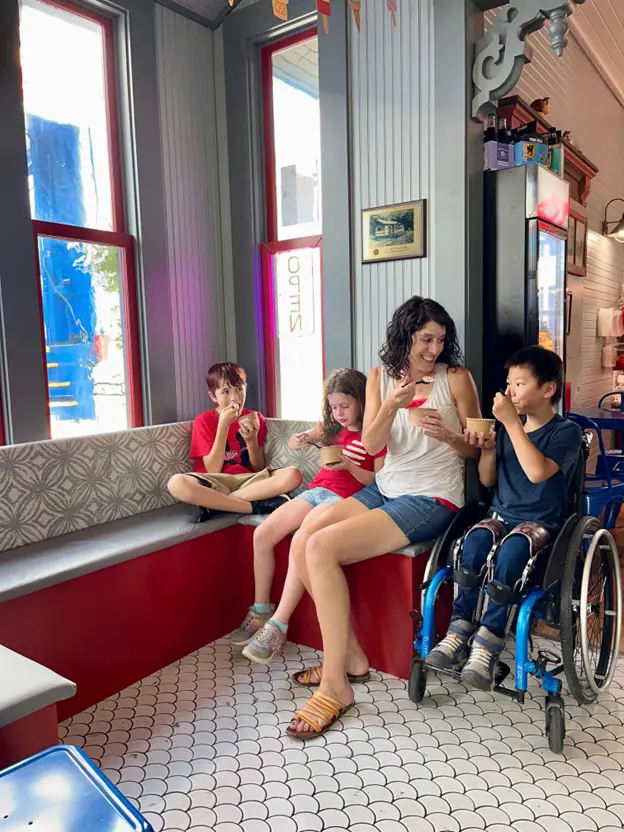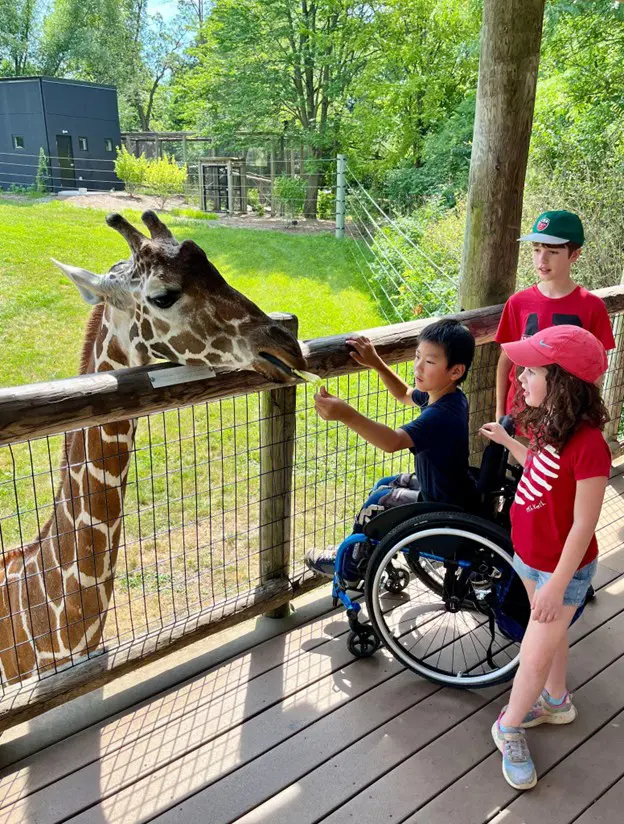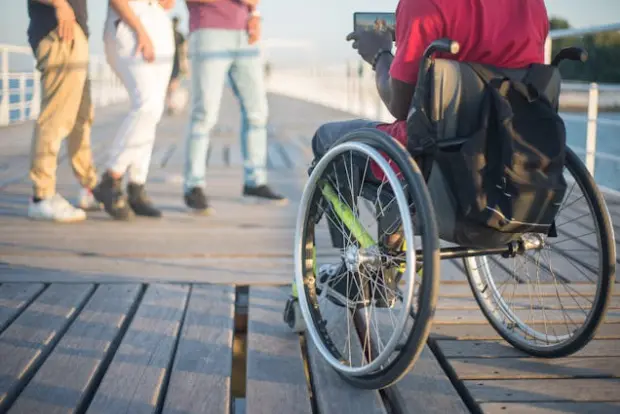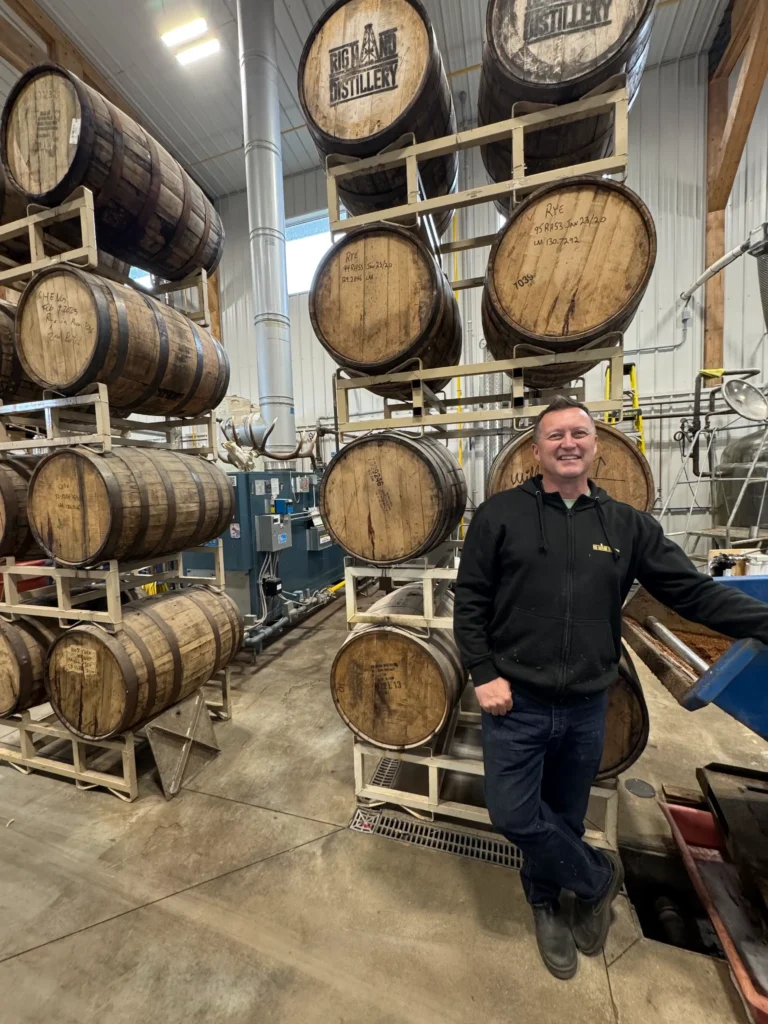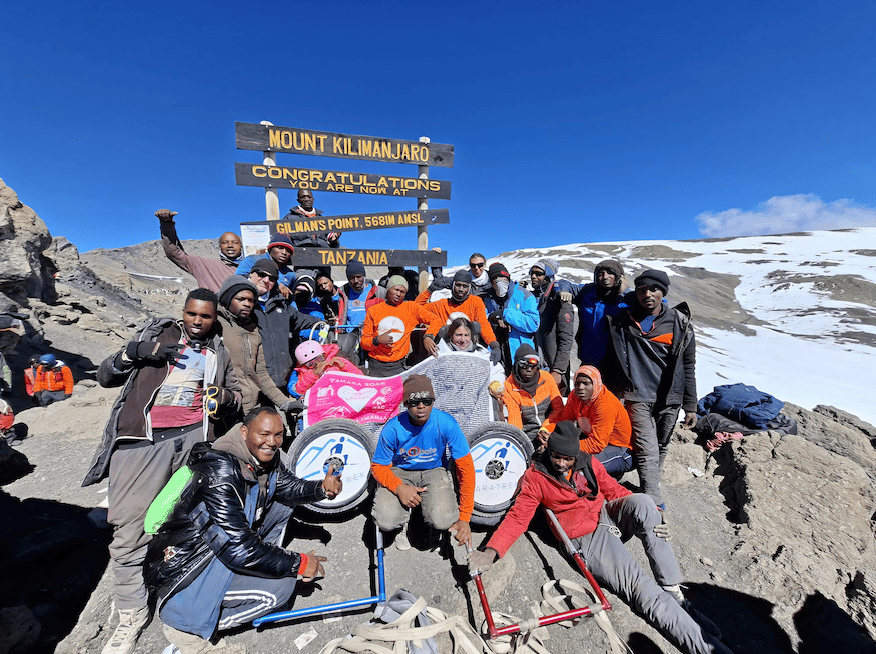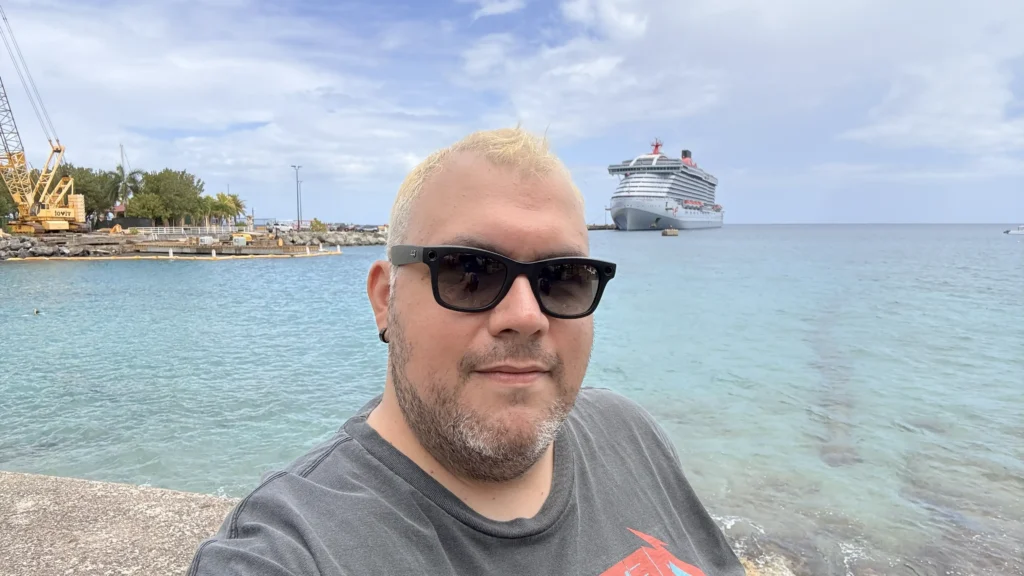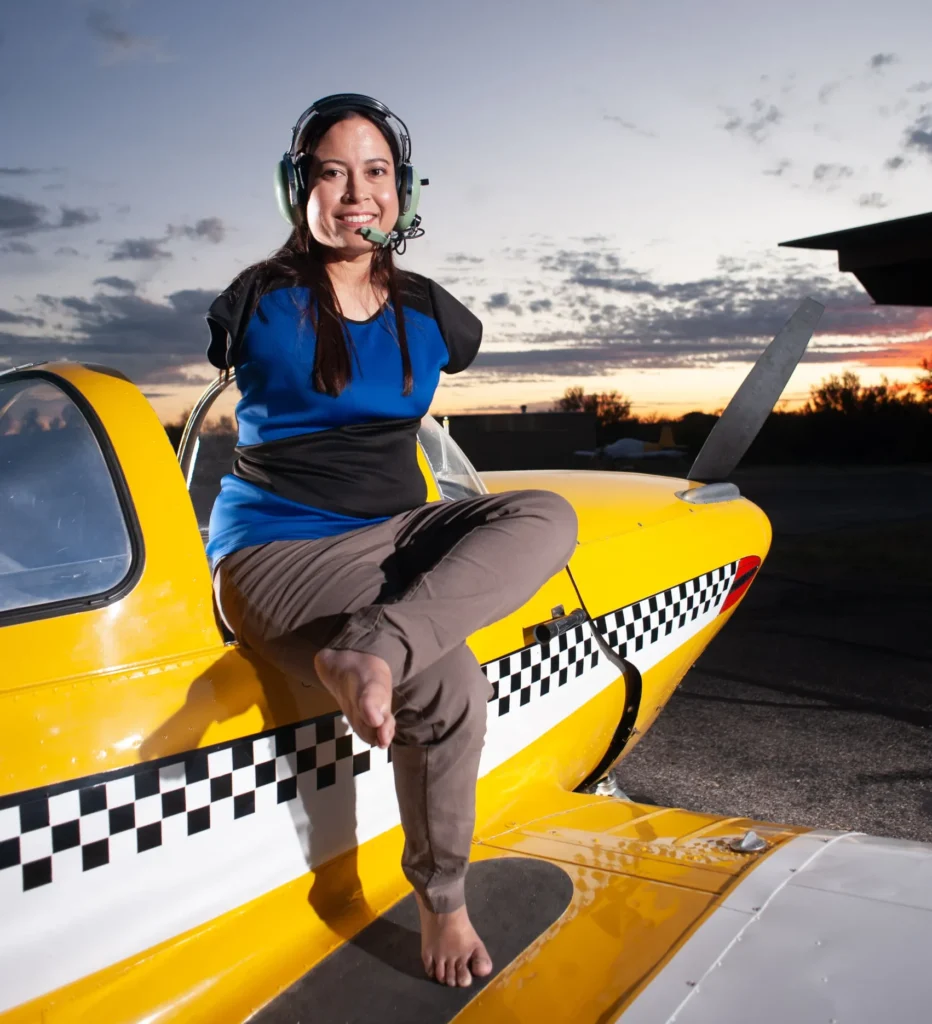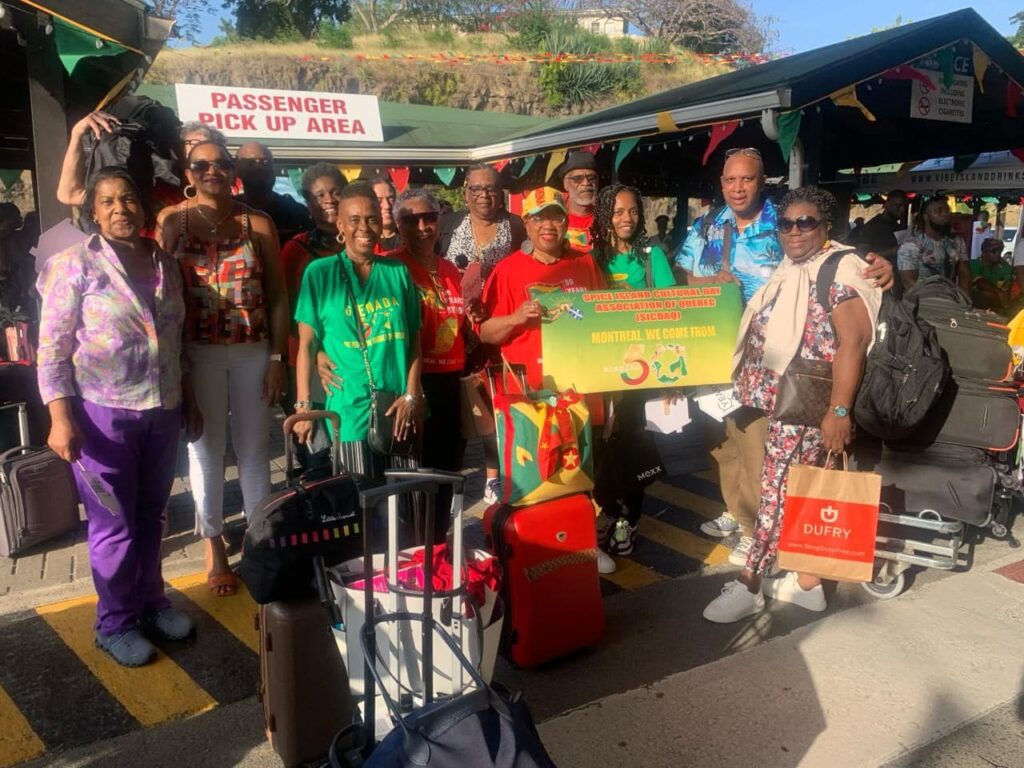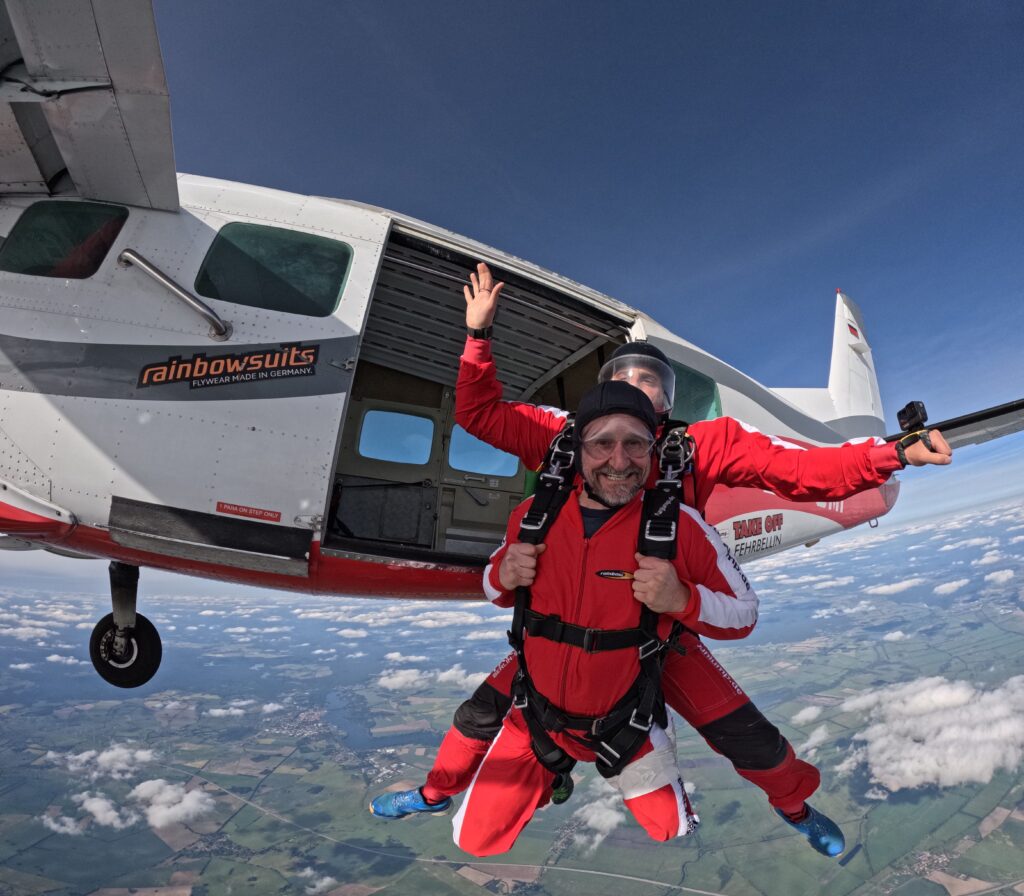October 2025 Issue
Magazine Sections
- Guest Editor - Phoenyx Powell
- Cruising
- Features
- Pride on the Move
- Journeys With Autism
- Travelling with Multiple Sclerosis
- Travelling with Cerebral Palsy
- Accessible Destination Spotlight
- Adaptive Adventures
- Immersive Nature Experiences
- Family Fun, No Limits
- Travelling with Limb Differences
- Senior Travel
- Blogger Spotlight
Travelling the world as an amputee
Guest Editor’s note
Before my accident, I moved through the world without a second thought. I was quick on my feet, graceful enough to be compared to a dancer, and I could still outrun my kids on a good day. Now, even getting out of bed starts with strapping on my prosthetic before I take that first step.
The motorcycle accident didn’t make me an amputee overnight. Fourteen surgeries tried and failed to save my leg, leaving me in relentless pain. On November 1, 2023, I made the choice to amputate below the knee.
10 handy tips for amputee travellers
By Phoenyx Powell
Traveling with a prosthetic isn’t about being “brave.” It’s about being prepared — because something will go wrong eventually. These are the tips I rely on every trip.
Pack an extra liner
Liners fail at the worst times. A backup means one tear won’t end your trip.
Bring stump socks in different thicknesses
Swelling shifts daily, especially when you fly or walk more than usual. Having options keeps the fit manageable.
Destination highlights from hospital beds to hotel lobbies
By Phoenyx Powell
Just before my amputation, I traveled to Kalamata in the Peloponnese for a conference — and it was one of the hardest trips I’ve ever done. I was moving on a ruined ankle with a cane, and every hill, staircase, and uneven sidewalk felt like a test.
Ancient Olympia and the ruins of Kalamata Castle were breathtaking, but each came with steep climbs and limited access. Even at the conference hotel, I had to climb stairs to reach meeting rooms because the only elevator in that wing was for staff.
Phoenyx Powell shares lessons on travelling comfortably and confidently with a prosthetic leg
By Phoenyx Powell
Travel used to be second nature to Phoenyx Powell from getting lost in Ireland during her first solo trip to cave tubing in Belize with her family. But after a motorcycle crash left her with a mangled leg, every trip came with pain so sharp it carved the joy right out of the experience. Twelve surgeries later, she made a decision few would call easy but many would call bold: elective amputation. Oddly enough, it gave her something she thought she’d lost for good. Freedom.
Adaptive diving programs open a sea of opportunity
By Jodi St. Clair
On our second day of diving, the moment we’d been hoping for happened. Our first day of open water adaptive scuba training had taken us to anemones teeming with clownfish. Rays had rippled along the sandy bottom of the waters off Pulau Perhentian Kecil, or Lesser Perhentian Island, off the northeastern coast of Malaysia.
Q&A with Jamie Gane, Adaptive OCR athlete, Educator and Speaker
Jamie Gane is a British adaptive athlete, motivational speaker, and coach. He has competed internationally in para-athletics and obstacle course racing, making him one of the UK’s leading figures in adaptive sport.
Dustin Reynolds: first double amputee to sail solo around the world
On October 18, 2008, a drunk driver struck Dustin Reynolds’ motorcycle on a Hawaii roadside. He lost his left arm, left leg, nearly his life, and later his businesses. Each year he marks that date not with mourning, but gratitude. “I celebrate because I made a choice to live on that day,” he says. Years later, that choice carried him around the world: in 2021 he completed a solo circumnavigation, the first double amputee to do so.
Through travel and sport Vasu Sojitra expands possibility for adaptive athletes
Vasu Sojitra’s calendar is a carousel of flights, slopes, soccer fields and wild landscapes that keep him in near-constant motion. Twice a month on average, he’s in the air or on the road. The destinations change, the purpose shifts, but one thing stays the same: every trip adds another layer to how he sees the world and how he helps shape it.
How a bilateral amputee helps others explore the world through Easy Access Travel
The hotel manager stood in the doorway, a brand-new shower seat in his hands. Hours earlier, Debra had shown him a photo of the model she needed: wide, stable, safe. The seat he had offered before had wobbled. For a bilateral amputee like Debra, a wobbly seat wasn’t just inconvenient, it was dangerous. By nightfall, the right seat was installed, and she could finally exhale.
Travelling with Multiple Sclerosis
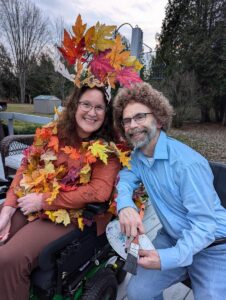
Dan and Jennifer Digmann share their journey of saying yes to travelling with multiple sclerosis
For Dan and Jennifer Digmann, residents of Michigan, USA, living with multiple sclerosis has taught them that adventure begins with preparation, but also with trust: in each other, in strangers who step up at the right moment, and in the idea that the world can be more accessible than it first appears. Every trip they take is proof that “yes” is still possible.
Paul Pelland shares the freedom of long-distance motorcycle travel while living with MS
The morning air north of Boston carries a crisp bite as Paul Pelland wheels his motorcycle out of the garage. The hills of New Hampshire are still shadowed in early light, but the rumble of the engine cuts the quiet. He straps on his helmet, checks his panniers . . . everything is in its place, as always, and points the front wheel toward another horizon.
Travelling with Cerebral Palsy
Aisha Niang turns mobility challenges into travel confidence
Born and raised in Manhattan, Aisha Niang grew up in a city that forces you to find your rhythm or risk being left behind. She carried her cerebral palsy into classrooms, onto buses, into friendships, never allowing it to press her into the shadows. “My parents never let it stop me,” she says, and she means it. They ushered her into ballet classes, bought her pointe shoes even though her feet could not lift that way, let her skate, ride horses, and fall into puddles like every other kid.
Accessible Destination Spotlight
Butler County, Ohio commits to accessibility with Wheel the World partnership
By Marcia Frost
As we go from Illinois through Indiana and into Ohio, the hills appear, and the farmland lessens. I can imagine the leaves changing colors soon. My friend Heather is driving and my service dog, Teddy, is in the backseat. We don’t have far to go into the state to get to Butler County, on the outskirts of Cincinnati..
The county invited me to visit after they confirmed their collaboration with Wheel the World. We are going to spend three days in the towns of West Chester, Hamilton, Liberty Township, and Fairfield, where many of the attractions are.
How Ann Arbor became a model for inclusive tourism in the United States
In August 2025, Destination Ann Arbor was honored with the “All Ways Welcome” Award at the U.S. Travel Association’s ESTO Conference, one of the most prestigious accolades in the American tourism industry. But what stood out wasn’t a flashy campaign or a perfectly polished slogan. Instead, Ann Arbor was recognized for something more impactful: a comprehensive, cross-functional accessibility strategy that is changing how destinations think about inclusive travel.
Greater Fort Lauderdale
Welcome to Greater Fort Lauderdale, a region made up of 31 vibrant municipalities connected by 300 miles of navigable waterways and framed by 24 miles of golden beaches. Here, warm sunshine bathes everything from high-energy coastal hubs to laid-back seaside escapes. Along with world-class hotels, a thriving culinary scene, championship sports, and outdoor excursions, youʼll find an unwavering commitment to accessibility. Whether youʼre navigating the Beachfront Promenade, exploring museums, or enjoying fresh-caught seafood with a waterfront view, experiences are designed to be barrier-free.
Pride on the Move
The future of travel is inclusive
Hi, I’m Matthew Medeiros – but feel free to call me Matty. I’m from Vancouver, British Columbia, and I’m proud to serve as an Accessible Travel Advisor and Advocate, dedicated to making travel more inclusive for everyone. I also work as the Program Coordinator at Travel Best Bets, supporting more than 520+ home-based travel advisors across Canada.
Adaptive Adventures
Kevin Connolly shows being legless never stops global adventures
Kevin Connolly was born without legs in Helena, Montana. As a kid, he moved best on a skateboard, palms pushing pavement, a handmade leather “butt boot” protecting his hips. It wasn’t polished or high-tech, but it gave him speed, balance, and independence, and it was tough enough to take the scrape of asphalt as he pushed himself across playgrounds, sidewalks, and streets. Unlike prosthetics, which felt clumsy and unnatural, the boot kept him low, steady, and fast, perfectly matched to the skateboard that carried him everywhere.
Immersive Nature Experiences
A journey among giants, rainforests and lakes
Green in every imaginable shade stretches as far as the eye can see. Majestic trees soar skyward, their moss-draped branches catching light that filters down like a halo. Gnarled trunks whisper in the damp air, as if part of an enchanted wood. Then the forest breaks open to reveal miles of wide, white beaches strewn with stones of every color and shape.
Journeys With Autism
Airlines, Airports and Autism
By Howard Blas
In my experience bringing fifteen groups of people with intellectual and developmental disabilities to Israel on 10-day heritage trips, the biggest challenge has historically been accessing services and accommodations from airlines for people with invisible (hidden) disabilities, and clearing up misperceptions. On one occasion, while boarding a flight with a group of autistic travelers, I was told by the flight attendant, “The pilot wants to speak with you!” He had observed a burly 25-year-old member of my group doing pushups and other exercises in the boarding area and he had concerns the passenger might pose a safety threat.
Family Fun, No Limits
The power of community: traveling together, growing together
By Amy Tarpein
When we first set out on our journey with Elijah’s Baby Bucket List Accessible Family Travel, I never envisioned the incredible community that would evolve from our experiences. Each destination brought unique adventures, and the connections we formed with fellow travelers and families have truly enriched our journey. The support, shared stories, and collective excitement as we cross off milestones together have made this endeavor so much more than just a list or a travel blog! It’s become a vibrant worldwide network of love, inspiration, and unforgettable memories that continue to grow every day.
Creating family memories that last
By Jennifer Allen
What do you remember about your family vacations as a kid?
I remember my dad driving late into the night because he refused to pay more than $50 for a hotel room and we simply weren’t in a $50 per night part of the world. He would get off at each exit and my mom would go in and ask the price for a night for a family of six. Then she’d hop back in the car – a little more frazzled each time. I remember that we ended up in a poolside room, which we thought was the coolest thing ever, even though the water was a little green and someone had a boom box blasting that kept us up well past bedtime.
Better together - disability parent Q&A
By Jennifer Allen
Q: How can we make traveling with a disability simpler?
A: I appreciate that the person asking included that little “r.” Traveling with a disability may never be simple, but it can certainly be simpler.
Responses from readers included things that the travel industry can do to remove barriers, while all suggestions for travelers focused on sticking with known quantities.
Accessible destination round up
By Jennifer Allen
Fort Wayne is the all encompassing family vacation destination that I’ve always wanted and never knew about. We stayed in The Bradley – designed by the latter half of Vera-Bradley – right in the heart of town. The entire city is a massive art installation, with sculptures and paintings waiting for you around every corner. We fed a giraffe at the beautifully accessible zoo, kayaked off of an accessible launch, ate our way through the farmer’s market, played mini golf at a fully accessible course, and even got to run the bases after a TinCaps game.
Features
Finding Truly Accessible Travel Spots: What Helps the Most
By Edrian Blasquino
You deserve better than to hope that the “accessible” tag you see on travel booking sites means what you think it means. You want adventures built on confidence, not vague claims and crossed fingers.Let’s focus on what truly matters. Here are the six non-negotiable pillars for travel spots that work for you:
#wienliebe — Love Vienna
By Jacob Rosser (and Jennifer Hartley)
“In Austria, history unfolds like a storybook, with each chapter revealing a new layer of grandeur and enchantment.” The 18th century Habsburg monarch, Empress Maria Theresa, said that about her beloved country and my mother and I couldn’t agree more. Austria has a vast and rich cultural past and its influence on Europe over the centuries is expansive. The Habsburg Empire lasted for over 600 years. European history flows through the Danube and Vienna is the centre –and it is one magical place. It was the perfect way to start an Austrian adventure. I divided my trip into three locations: Vienna, Salzburg and Innsbuck. Each place is charming for its own distinguishing features.
Embrace Eclectic Edmonton
By Jacob Rosser (and Jennifer Hartley)
Hi, I am Jacob. I am neurodivergent and I love to travel. My latest trip was to Edmonton. It was kind, beautiful with an incredible variety of experiences. It is the capital of the province of Alberta, the fifth largest city in Canada and the northernmost city in North America with a population over one million people. Known as the Gateway to the North, located at the 53 parallel (I love studying geographical locations) Edmonton is cosmopolitan, inviting and inclusive. It is also one of Canada’s sunniest cities with roughly 2,299 hours of sunshine per year, meaning in the summer, you can enjoy up to 17 hours of daylight
Inclusive Kilimanjaro expedition proves disability is no barrier to reaching the Roof of Africa
By Howard Blas
Climbing Kilimanjaro, Africa’s tallest mountain, is an extreme challenge and a bucket list item for many people worldwide. Setting out for top of the 19,341 feet (5895 meters) mountain with 48 climbers—32 with a range of disabilities—and a record-breaking support team of 197 porters and guides sounds like an impossible proposition. But, with determination, nonstop singing, and dancing, extraordinary teamwork, and an adapted Paratrek Trekker vehicle, 39 climbers proudly stood at the “Roof of Africa” at sunrise on September 1, 2025. The remaining nine who set out on the expedition climbed well past the halfway point.
Cruising
Cruising without limits on ships that get it right
By Matthew Medeiros
When Matthew Medeiros wheels onto a ship, he isn’t looking for champagne or chandeliers first. He’s scanning for ramps, lifts, and the little design choices that tell him the cruise line didn’t tack accessibility on as an afterthought.
“Cruising sets a high bar for accessibility,” he says. “It’s one of the few travel sectors where I consistently feel like the culture is shifting from compliance to care.”
Travelling with Limb Differences
The journey of Jessica Cox, the motivational speaker and pilot without arms who travels fearlessly
Jessica Cox is no ordinary traveller. Born without arms, she has become the world’s first licensed armless pilot, a black-belt martial artist, and a globetrotting motivational speaker who has visited more than 28 countries. Known for flying airplanes with her feet, she applies the same fearless determination to navigating airports, hotels, and city streets around the globe. For Cox, every journey is both an adventure and a statement: that disability does not limit one’s ability to explore, connect, and thrive in the wider world.
Senior Travel
Senior travel lessons from 75 years young Gemma Raeburn-Baynes
Airports used to be Gemma Raeburn-Baynes’ racetrack. She remembers dashing from one gate to the next, suitcase wheels rattling behind her. These days, she plays it smarter. At 75, she orders a wheelchair when she books her ticket, and by the time she lands on the Caribbean island of Grenada or the Dominican Republic, there’s someone ready at the gate to wheel her right through customs and into a taxi.
“I don’t feel bad about it anymore,” she says, laughing. “It makes the trip smoother. And sometimes later, people see me dancing and say, wait a second, didn’t you just arrive by wheelchair?” I just smile and think, well yes, but at my age, that chair saves my energy so now I can enjoy myself.”
Blogger Spotlight
With one leg, two poles and a passport full of stamps, amputee traveller Bjoern Eser proves the outdoors has no limits
German Bjoern Eser laughs when people call him daring. He shrugs, hoists a backpack, checks the battery on his microprocessor knee and heads for the trail. That’s the rhythm. No fuss, no drama, just motion. The founder of The Active Amputee has stacked up miles on foot, by kayak and with ropes over rock faces, and he does it with a pragmatism that makes big plans feel oddly simple.

